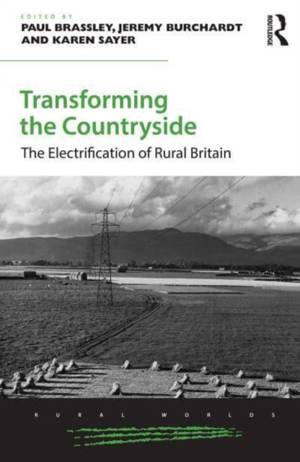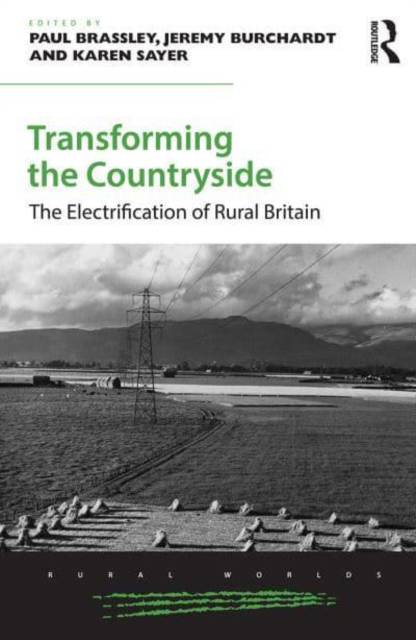
Door een staking bij bpost kan je online bestelling op dit moment iets langer onderweg zijn dan voorzien. Dringend iets nodig? Onze winkels ontvangen jou met open armen!
- Afhalen na 1 uur in een winkel met voorraad
- Gratis thuislevering in België vanaf € 30
- Ruim aanbod met 7 miljoen producten
Door een staking bij bpost kan je online bestelling op dit moment iets langer onderweg zijn dan voorzien. Dringend iets nodig? Onze winkels ontvangen jou met open armen!
- Afhalen na 1 uur in een winkel met voorraad
- Gratis thuislevering in België vanaf € 30
- Ruim aanbod met 7 miljoen producten
Zoeken
€ 54,45
+ 108 punten
Omschrijving
It is now almost impossible to conceive of life in western Europe, either in the towns or the countryside, without a reliable mains electricity supply. By 1938, two-thirds of rural dwellings had been connected to a centrally generated supply, but the majority of farms in Britain were not linked to the mains until sometime between 1950 and 1970. Given the significance of electricity for modern life, the difficulties of supplying it to isolated communities, and the parallels with current discussions over the provision of high-speed broadband connections, it is surprising that until now there has been little academic discussion of this vast and protracted undertaking. This book fills that gap. It is divided into three parts. The first, on the progress of electrification, explores the timing and extent of electrification in rural England, Wales and Scotland; the second examines the effects of electrification on rural life and the rural landscape; and the third makes comparisons over space and time, looking at electrification in Canada and Sweden and comparing electrification with the current problems of rural broadband.
Specificaties
Betrokkenen
- Uitgeverij:
Inhoud
- Aantal bladzijden:
- 264
- Taal:
- Engels
- Reeks:
Eigenschappen
- Productcode (EAN):
- 9781032402291
- Verschijningsdatum:
- 29/08/2022
- Uitvoering:
- Paperback
- Formaat:
- Trade paperback (VS)
- Afmetingen:
- 152 mm x 231 mm
- Gewicht:
- 385 g

Alleen bij Standaard Boekhandel
+ 108 punten op je klantenkaart van Standaard Boekhandel
Beoordelingen
We publiceren alleen reviews die voldoen aan de voorwaarden voor reviews. Bekijk onze voorwaarden voor reviews.










